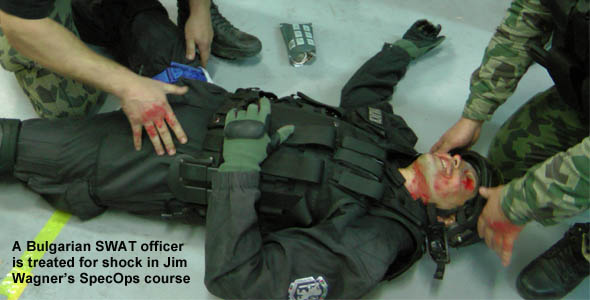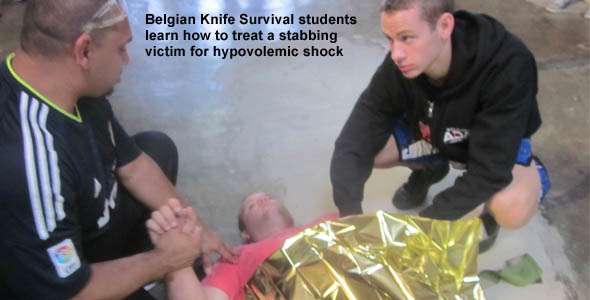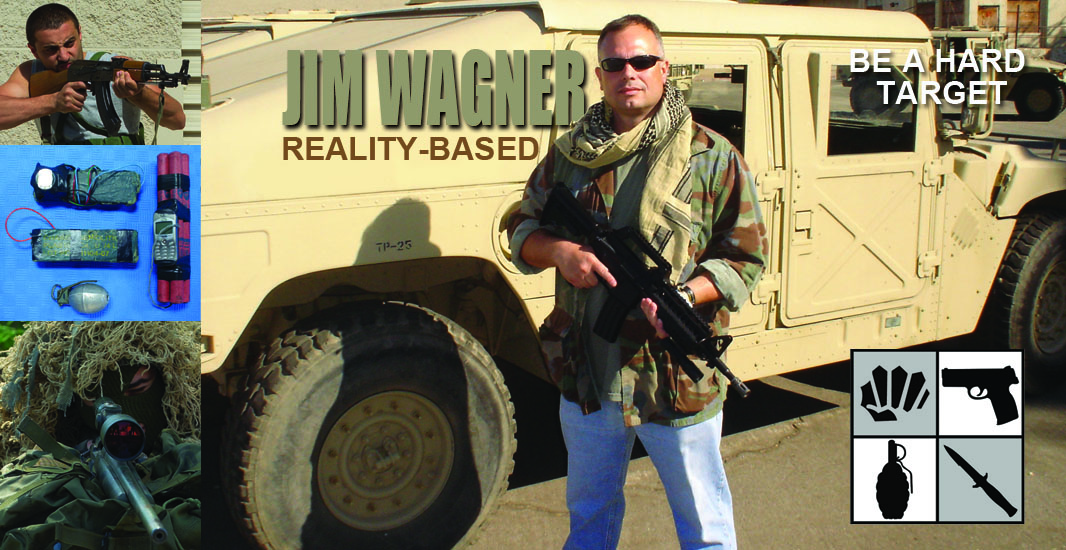Shock requires IMMEDIATE medical treatment and can get worse very rapidly. So, what are the three steps in treating for shock? Every martial artist should know this.
Throughout my police and military career I am required to take refresher courses and recertify in first aid and CPR (cardiopulmonary resuscitation) every two years. These skills have been vital because over the years I have held people’s bodies together, I have applied direct pressure to wounds, and I have performed CPR twice in my career; one man I lost, and one man I saved. The reason that the military and law enforcement make it mandatory for their personnel to be qualified is because those personnel facing combat situation are most likely to need these skill sets. Yet, it still baffles me how few martial artists lack basic first aid training and CPR training.
Let me ask you a couple of questions directly. Do you have formal training in first aid and CPR? Sure, you may know how to punch and kick and perform a gun disarm, which covers the conflict aspect of the martial arts, but do you also train in post conflict as well? In other words, skill sets needed for after the fight. If a training partner or student of yours breaks a bone in his leg in training, and his eyes soon become wide and glossed over, and he is turning pale, how do you treat him or her for shock? Shock is a life-threatening condition that occurs when the body is pulling the blood to the internal organs in self-preservation. This can damage multiple organs. Shock requires IMMEDIATE medical treatment and can get worse very rapidly. So, what are the three steps in treating for shock? Every martial artist should know this.

Several years ago I was teaching my Defensive Tactics course in Paris, France. One of my students was launching front kicks at a kicking shield held by his partner and suddenly he snapped his own knee in a freak accident. I just happened to look over at the moment he did it, and he collapsed to the floor. As paramedics were in route I started observing him for signs of shock and took some basic precautions. After all, a person can die from shock, even from non-life threatening injuries. Of course, in police situations I have treated people for shock several times. The symptoms of circulatory shock are as follows:
- Anxiety or agitation
- Confusion
- Pale, cool, clammy skin
- Low or no urine output
- Bluish lips and fingernails
- Dizziness, light-headedness, or faintness
- Profuse sweating, moist skin
- Rapid but weak pulse
- Shallow breathing
- Chest pain
- Unconsciousness

Here is what you need to do to treat shock:
- Assuming that the victim is breathing and the wound is stabilized and DOES NOT have an injury to the head, leg, neck, or spine, place the person in the shock position. Lay the person on their back and elevate the legs above the heart; this is approximately 12 (30 cm) above the ground. When a person goes into shock the blood in the body leaves the surface of the skin and attempts to circulate it to the internal organs. Thus, the blood in the legs is better served in the internal organs by elevating the legs off the ground and letting gravity pull it towards the torso.
- Keep the victim warm by covering him or her with a blanket or jacket. Since the blood is draining from the skin internally, hence the reason why the victim’s skin is cold and pale, they are actually cold due to heat loss of the skin. It is for this reason that German law requires that every vehicle carry a first aid kit equipped with a thermal reflective emergency blanket.
- Comfort the victim by assuring them that help is on the way. If possible, do not let the victim look at his or her own injuries. If the injury is unpleasant in appearance the person will most likely go into shock instantly. One time while on street patrol I came to the aid of a hit-and-run victim, an automobile accident, who had his lower right leg completely ripped from his body. As I was walking up to him I saw his leg about two meters from him. When he started gaining consciousness I told him to just keep his head down and to relax while shielding the view of his lower leg with my kneeling body. I knew that if he had seen his leg ripped off that he could have instantly gone into shock.
When I teach my Knife Survival course I have one of my students go down to the ground with a “knife wound,” and I teach my class how to treat the person for shock after we have tended to the injury, which is oozing with stage blood that I had placed on a latex cut “wound” before the demonstration.
There is also a condition known as psychosomatic shock. This is not a physical condition, but an emotional state. This is where a witness goes into “shock,” or more accurately fearful paralysis, just by looking at gruesome injuries or witnessing something traumatic. It is a disorder displaying itself physically originating in the emotional process of the individual. This is exactly way in my Terrorism Survival course I throw out severed rubber human heads, legs, and arms mixed with stage blood when simulating a terrorist bombing. This is also why I use stage blood in my Knife Survival course when attempting confined space knife disarms. It is all designed to desensitize my students and instructors, and prevent them from going into psychosomatic shock.
To receive proper first aid and CPR training I suggest you contact your nearest International Red Cross facility because they set the world standards. Don’t put it off. Find the time and mark it down on your calendar. If you don’t do it this year, you probably never will.
Be A Hard Target.






